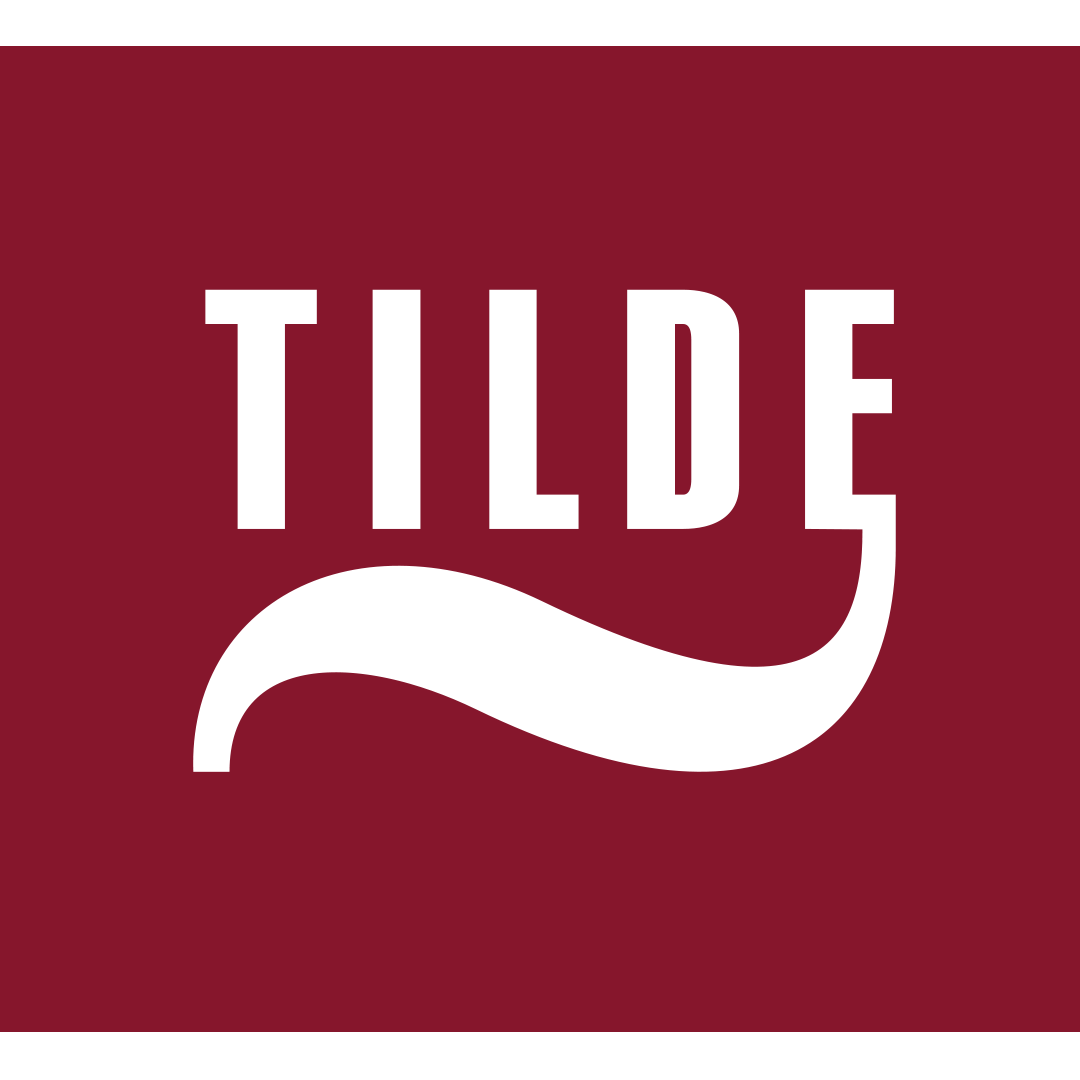6 translation mistake types to keep in mind
#1 Accuracy
This label covers all kinds of mistranslations – different meaning, an omission or addition, as well as numbering errors. Some words have multiple meanings, and context always matters: a delicacy made in Turkey or made of turkey are not necessarily the same. Some of these mistakes may seem funny, but others can be costly and even dangerous if allowed to appear, for example, in medical texts or texts related to equipment safety. These types of errors are still prevalent in the world of automated translation, and nothing can yet replace the understanding of context that a team of linguists can provide.

Automatically translated web page offers the state of Turkey in cream sauce
#2 Consistency
Creative writing demands the use of rich, varied, metaphorical language with many synonyms. Technical writing? Not so much. In product manuals and technical specifications, it is essential for each relevant term and instruction to be repeated in the same clear, concise wording every time, even across multiple documents and products. Inconsistent translation can also cause severe problems for legal documents if synonyms are used while referring to the same object or subject of a contract or agreement. Diligent QA procedures, aided by state-of-the-art QA automation tools, ensure that no inconsistencies remain in the finished text.
#3 Grammar
The aim of localisation is to make the translated text sound as if it were written directly in the target language. It is easy to accidentally borrow grammatical structures from the source language but this can lead to sentences that are difficult to read or even unclear in the target language. Even when the meaning is understood, customer satisfaction can be affected when they notice unnatural structures in their language, as high-quality translation should make them feel like they are being spoken to directly. Editing by native speakers is essential to ensure that the translation flows and is easily received by your audience.
#4 Style
The importance of spot-on stylistic choices when it comes to literary or marketing translation is obvious, but make no mistake (no pun intended): suitable style is crucial in all subject matters. No one wants to receive legal documents in a familiar and friendly tone of voice, or a user manual presented in flowery language, which is hard to follow. When translation services are provided by dedicated teams of linguists who specialise in a particular subject matter, and who are also familiar with the specific customer, it can ensure that your brand’s voice remains consistent and appropriate for the purpose of each text.
#5 Terminology
Each industry has its own special terminology in each language, developed by experts and daily users of products over many years. In some cases, official terminology is also approved by legislative structures, which may also be those demanding access to information in the official language of the country. Aside from this, each company has its own unique approach and products that require clear recognition, and calling a spade a spade is not always sufficiently accurate. Developing company-specific terminology bases allows us to ensure a consistent and precise translation for each relevant term.
#6 Surrounding procedures
Even when a team of the most professional translators is provided with the best tools, delivery of a translation can fall flat when the workflow that should hold it together is not up to standard. All kinds of miscommunication can lead to unfulfilled expectations, missed deadlines and unplanned extra costs. It is no use receiving a perfect translation of a presentation after your meeting with foreign investors has already taken place… And, although timely planning can protect you from a lot of unnecessary stress, it is not possible for one person to predict everything. So, unless you need frequent-enough translations to set up an internal team dedicated to this, it’s best to outsource it to a translation service provider, where processes have been perfected, and experienced project managers who are familiar with potential risks can foresee and manage them for you.
So, what should you do then?
Everyone who attempts something is bound to make a mistake once in a while, but not all mistakes are equally inevitable. So, when you are next looking to reach a customer in a new market, stay on the same page with a colleague across the border, or ensure a frictionless legal agreement with your international partners, take these points along with you on your journey!
Or, if you already have your hands full, reach out to us, and we, the team at Tilde Localization, can cover all these bases for you, utilising our many years of professional translation experience to navigate the risks and demands of the changing market – with quality always coming first.






